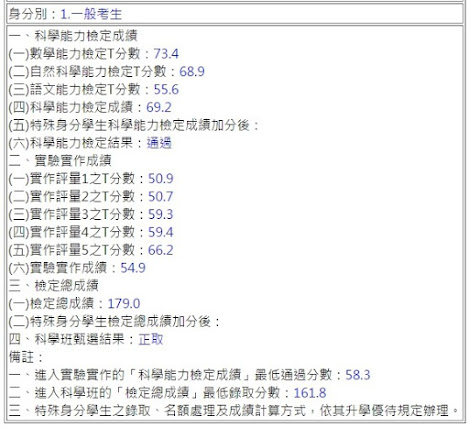CSES 1705:Forbidden Cities
CSES 1705:Forbidden Cities
題目大意:給你一張無向圖,有 $q$ 筆詢問,每次給你 $a, b, c$,問你 $a$ 是否可以不經過 $c$ 到達 $b$。
解法:先把點雙連通分量找出來,然後就有一棵樹 (據說叫圓方樹),這棵樹裡的點是以割點 - 點雙連通分量 - 割點連接的。然後之後就可以 $\text{lca}$ 了。
$\text{Code:}$
#pragma GCC optimize("O3")
#pragma GCC target("popcnt")
#include <bits/stdc++.h>
using namespace std;
#define ll long long
#define Waimai ios::sync_with_stdio(false),cin.tie(0)
#define FOR(x,a,b) for(int x=a;x<=b;x++)
#define pb emplace_back
#define F first
#define S second
const int SIZE = 2e5 + 5;
const int H = __lg (SIZE) + 1;
int n, m, q;
vector<int> adj[SIZE];
int dfcnt, bccnt;
int dfn[SIZE], low[SIZE];
vector<int> st, bcc[SIZE];
int id[SIZE];
bool cut[SIZE];
vector<int> tree[SIZE];
int to[SIZE][H + 1], h[SIZE];
void tarjan (int pos, int fa) {
dfn[pos] = low[pos] = ++dfcnt;
st.pb (pos);
for (int np : adj[pos]) {
if (!dfn[np]) {
tarjan (np, pos);
low[pos] = min (low[pos], low[np]);
if (dfn[pos] <= low[np]) {
bccnt++;
while (1) {
int x = st.back();
bcc[x].pb (bccnt);
st.pop_back();
if (x == np) break;
}
bcc[pos].pb (bccnt);
}
} else if (np != fa) {
low[pos] = min (low[pos], dfn[np]);
}
}
}
void solve() {
cin >> n >> m >> q;
FOR (i, 1, m) {
int a, b;
cin >> a >> b;
adj[a].pb (b);
adj[b].pb (a);
}
FOR (i, 1, n) if (!dfn[i]) tarjan (i, i);
FOR (i, 1, n) {
if (bcc[i].size() >= 2) {
id[i] = ++bccnt;
cut[id[i]] = 1;
for (int x : bcc[i]) {
tree[id[i]].pb (x);
tree[x].pb (id[i]);
}
} else {
id[i] = bcc[i][0];
}
}
n = bccnt;
function<void (int, int)> build = [&] (int pos, int fa) {
for (int np : tree[pos]) {
if (np != fa) {
h[np] = h[pos] + 1;
to[np][0] = pos;
build (np, pos);
}
}
};
h[1] = 1, build (1, 1);
FOR (j, 1, H) FOR (i, 1, n) to[i][j] = to[to[i][j - 1]][j - 1];
auto jump = [] (int pos, int k) {
int cnt = 0;
while (k) {
if (k & 1) pos = to[pos][cnt];
cnt++;
k >>= 1;
}
return pos;
};
auto lca = [&] (int a, int b) {
if (h[a] < h[b]) swap (a, b);
a = jump (a, h[a] - h[b]);
if (a == b) return a;
for (int i = H; i >= 0; i--) {
if (to[a][i] != to[b][i]) {
a = to[a][i];
b = to[b][i];
}
}
return to[a][0];
};
while (q--) {
int a, b, c;
cin >> a >> b >> c;
if (a == c || b == c) {cout << "NO\n"; continue;}
a = id[a], b = id[b], c = id[c];
if (!cut[c]) {cout << "YES\n"; continue;}
int root = lca (a, b);
if (h[a] >= h[c] && h[c] >= h[root] && jump (a, h[a] - h[c]) == c) {cout << "NO\n"; continue;}
if (h[b] >= h[c] && h[c] >= h[root] && jump (b, h[b] - h[c]) == c) {cout << "NO\n"; continue;}
cout << "YES\n";
}
}
int main() {
Waimai;
solve();
}我的分享就到這裡結束了,如果喜歡我的 $\text{Blog}$,歡迎追蹤!

留言
張貼留言